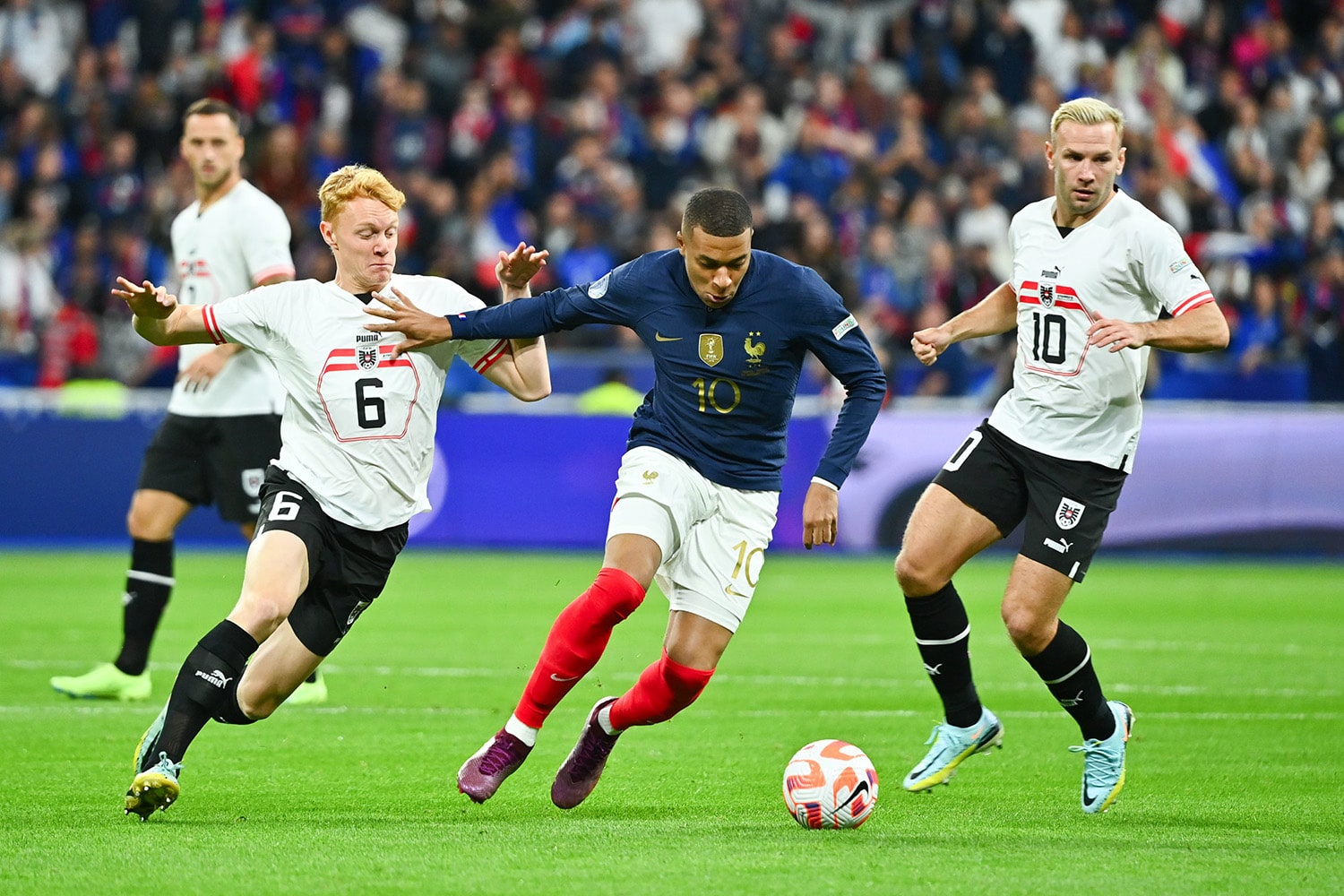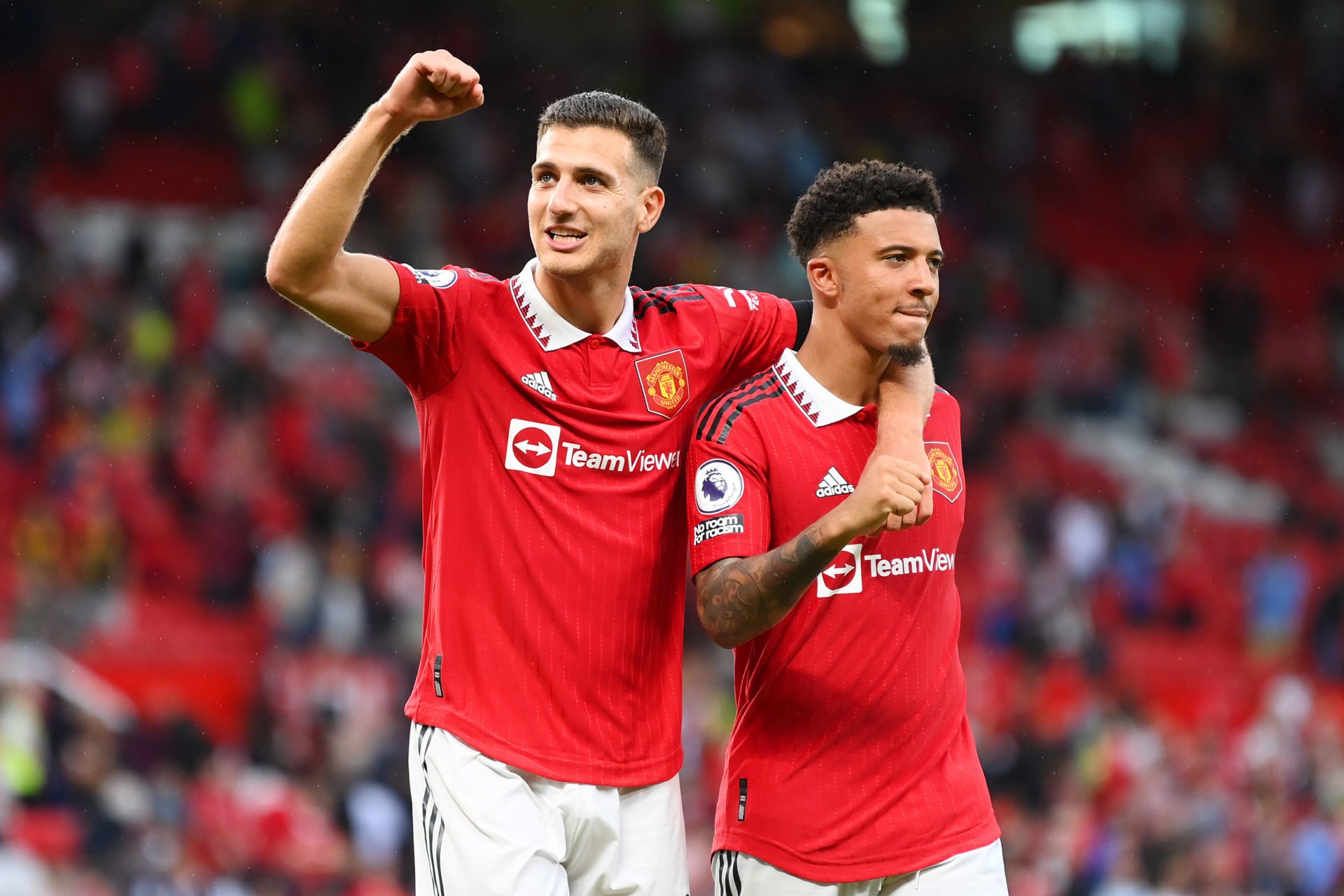
Defying Father Time: Ranking the Greatest Late-Career Peaks in Sports History
In the annals of sports, the narrative often revolves around the meteoric rise of young phenoms, their dazzling prime, and the inevitable, often precipitous, decline. We are conditioned to expect athletes to peak in their mid-to-late twenties, with the thirties signaling the beginning of the end. Yet, a select pantheon of extraordinary individuals has not only defied this conventional wisdom but has actively rewritten it, achieving their most significant, dominant, or memorable successes well into their thirties, even their forties. These are the athletes who didn’t just cling to relevance; they scaled new heights when most were descending.
This article delves into the fascinating phenomenon of the "late-career peak," exploring why certain athletes manage to extend their primes, and more importantly, identifies and ranks some of the most remarkable examples across various sports. Our criteria for a "late-career peak" will focus on athletes who achieved their most impactful, statistically dominant, or championship-defining moments after the age of 30, often pushing into their late 30s or even 40s, when their contemporaries had long since retired or faded into obscurity. This isn’t just about longevity; it’s about excellence at an advanced age.
The Nuance of Age and Performance
Why do some athletes peak late? The answer is multifaceted. While physical attributes like speed, explosiveness, and raw power may diminish with age, other crucial elements often ripen. Experience, game intelligence, strategic prowess, and mental fortitude can compensate for, or even surpass, a slight decline in physical capabilities. Older athletes often become more efficient, understand their bodies better, and possess an unparalleled understanding of their sport’s nuances. Furthermore, advancements in sports science, nutrition, training methodologies, and injury recovery have extended the realistic career span for elite athletes.
Here’s our ranking of the greatest late-career peaks, celebrating those who truly defied Father Time:
The Pantheon of Late Bloomers and Sustained Dominance
1. Tom Brady (American Football – NFL Quarterback)
- Peak Age: 37-44+
- Defining Moments: Winning three Super Bowls with the New England Patriots after turning 37 (Super Bowls XLIX, LI, LIII), and then moving to the Tampa Bay Buccaneers at age 43 and leading them to a Super Bowl LV victory in his first season. He also won an MVP award at age 40.
- Why He’s #1: Brady’s career isn’t just a late peak; it’s a second prime that eclipsed many players’ entire careers. His sustained excellence and ability to win championships deep into his 40s, in a physically brutal sport like American Football, is utterly unprecedented. He retired (briefly) as the all-time leader in passing yards, touchdowns, and Super Bowl wins. His final MVP vote at 44 was still top-tier.
2. LeBron James (Basketball – NBA Small Forward)
- Peak Age: 30-38+
- Defining Moments: Winning the 2016 NBA Championship with the Cavaliers (delivering Cleveland its first major sports title in 52 years) at age 31, considered one of the greatest Finals performances ever. He continued to lead teams to the Finals, winning another championship with the Lakers at age 35 (2020), and setting multiple scoring records well into his late 30s.
- Why He’s #2: While LeBron had an incredible early career, his sustained dominance, ability to adapt his game, and lead teams to championships in his 30s is unparalleled in NBA history outside perhaps Kareem. He consistently performs at an MVP-caliber level when most players are contemplating retirement. His breaking of the all-time scoring record at age 38, while still being a top-tier player, solidified his place.
3. The "Big Three" (Tennis – Roger Federer, Rafael Nadal, Novak Djokovic)
- Peak Age: Mid-30s+ for all three.
- Defining Moments:
- Federer: After a four-year Grand Slam drought, he won three more Slams (2017 Australian Open at 35, 2017 Wimbledon at 35, 2018 Australian Open at 36).
- Nadal: Won multiple French Opens in his mid-30s, including 2020 (34), 2022 (36), and surprising Australian Open win in 2022 (35).
- Djokovic: Continues to dominate Grand Slams well into his mid-30s, winning multiple Slams after turning 30, and consistently breaking records for weeks at #1.
- Why They’re #3: Individually, any one of them would be on this list. Collectively, their ability to continue winning Grand Slams and remain at the absolute pinnacle of their sport deep into their 30s, constantly pushing each other, is a testament to their physical conditioning, mental strength, and evolving game. They’ve effectively redefined what’s possible in professional tennis longevity.
4. Randy Johnson (Baseball – MLB Pitcher)
- Peak Age: 35-40
- Defining Moments: Won four consecutive Cy Young Awards from 1999-2002 (ages 35-38), including a Triple Crown in 2002. Led the Arizona Diamondbacks to a World Series title in 2001, sharing the MVP award at age 37. Pitched a perfect game at age 40 in 2004.
- Why He’s #4: Johnson’s dominance in his late 30s was simply astounding. He became an even more effective pitcher in his later career, relying on pinpoint control and an intimidating fastball/slider combination. His Cy Young run and World Series heroics are unparalleled for a pitcher his age.
5. Kareem Abdul-Jabbar (Basketball – NBA Center)
- Peak Age: 30-40
- Defining Moments: Won an MVP award at age 32 (1980), led the "Showtime" Lakers to multiple championships in the 1980s, including Finals MVPs at age 33 (1980) and being a dominant force well into his late 30s, playing until age 42.
- Why He’s #5: While he was great from day one, Kareem’s longevity and continued relevance as the cornerstone of a championship dynasty in his 30s and 40s is remarkable. His skyhook remained unstoppable, and his leadership was invaluable.
6. Nolan Ryan (Baseball – MLB Pitcher)
- Peak Age: 40-46
- Defining Moments: Pitched his sixth no-hitter at age 43 (1990) and his seventh at age 44 (1991). Led the league in strikeouts at age 40 and 42. Played until age 46, still throwing over 95 mph.
- Why He’s #6: Ryan was a phenom from the start, but his ability to maintain elite velocity and strikeout rates into his fifth decade is mind-boggling. He was defying physical limitations that few other pitchers have ever approached.
7. Jaromir Jagr (Ice Hockey – NHL Forward)
- Peak Age: 35-45
- Defining Moments: Returned to the NHL at age 39 after a three-year stint in Russia and remained a productive top-six forward for several more seasons. He was an All-Star at age 40, and continued playing professionally (in the Czech league) well into his late 40s, becoming the second all-time leading scorer in NHL history.
- Why He’s #7: Jagr’s incredible endurance and passion for the game allowed him to extend his career far beyond normal expectations. He wasn’t just on the ice; he was still contributing significantly, adapting his powerful game to remain effective against players half his age.
8. Paolo Maldini (Soccer – Defender)
- Peak Age: 30-40
- Defining Moments: Captained AC Milan to two Champions League titles (2003 at 34, 2007 at 38) and a Serie A title (2004 at 35), playing his final professional game at 40. He was still a world-class defender, known for his tactical awareness and leadership.
- Why He’s #8: Maldini represents the epitome of defensive longevity. He transitioned from full-back to center-back seamlessly, maintaining his elite status through tactical intelligence and impeccable positioning long after his explosive speed had diminished.
9. George Blanda (American Football – NFL Quarterback/Kicker)
- Peak Age: 34-48
- Defining Moments: At age 43, in 1970, he led the Oakland Raiders to a division title, coming off the bench to throw for 6 touchdowns and kick game-winning field goals in multiple games. He played until age 48, the oldest player ever in NFL history.
- Why He’s #9: While primarily a kicker in his final years, Blanda’s 1970 season as a 43-year-old quarterback is legendary. It showed an extraordinary blend of arm strength, composure, and clutch performance at an age when most players are long retired.
10. Zlatan Ibrahimović (Soccer – Striker)
- Peak Age: 30-40+
- Defining Moments: Continues to score prolifically in top European leagues well into his late 30s and early 40s (e.g., 20+ goals for AC Milan in Serie A at age 39). His return to AC Milan and subsequent impact was pivotal in their resurgence.
- Why He’s #10: Zlatan’s combination of physical prowess, audacious skill, and unwavering self-belief has allowed him to dominate various leagues long after most strikers lose their scoring touch. He’s a testament to mental strength and unique physical conditioning.
Factors Contributing to Sustained Excellence
Beyond the individual brilliance of these athletes, several overarching factors contribute to their ability to defy the aging curve:
- Advanced Sports Science and Medicine: Modern training techniques, sophisticated recovery protocols (cryotherapy, hyperbaric chambers, personalized nutrition plans), and breakthroughs in surgical procedures have dramatically improved an athlete’s ability to maintain peak physical condition and recover from injuries.
- Experience and Game IQ: Older athletes often compensate for any physical decline with superior mental acuity. They read the game better, make smarter decisions, conserve energy, and understand how to exploit opponents’ weaknesses. This "mental edge" becomes increasingly valuable.
- Role Adaptation: Many athletes learn to adapt their game. A fast winger might become a more central playmaker, a power hitter might focus on contact, or a dominant big man might refine his passing and post moves. This evolution allows them to remain effective even if their original strengths wane.
- Unwavering Mental Fortitude: The desire to compete, the discipline to maintain rigorous training, and the sheer love of the game are critical. These athletes possess an exceptional drive to push boundaries and delay the inevitable.
- Financial Incentives: While not the primary driver for true legends, the lucrative nature of modern professional sports certainly provides an incentive for athletes to prolong their careers as long as possible, investing heavily in their bodies.
The Evolving Landscape of Sports
The trend of late-career peaks is likely to continue, and perhaps even accelerate, in the future. As our understanding of the human body, training, and recovery deepens, and as professional sports become even more competitive and financially rewarding, athletes will have greater resources and motivation to extend their primes. We are witnessing a fundamental shift in the athletic life cycle, where 30 is no longer considered "old," but rather the beginning of a potentially prolonged period of peak performance.
Conclusion
The athletes on this list are more than just champions; they are pioneers. They shattered preconceived notions about athletic longevity, proving that age is often just a number when coupled with unparalleled dedication, intelligence, and an insatiable will to win. Their late-career peaks are not just statistical anomalies but inspiring testaments to the enduring power of human potential, reminding us that true greatness can often ripen, rather than diminish, with time. They truly are the masters of defying Father Time.



